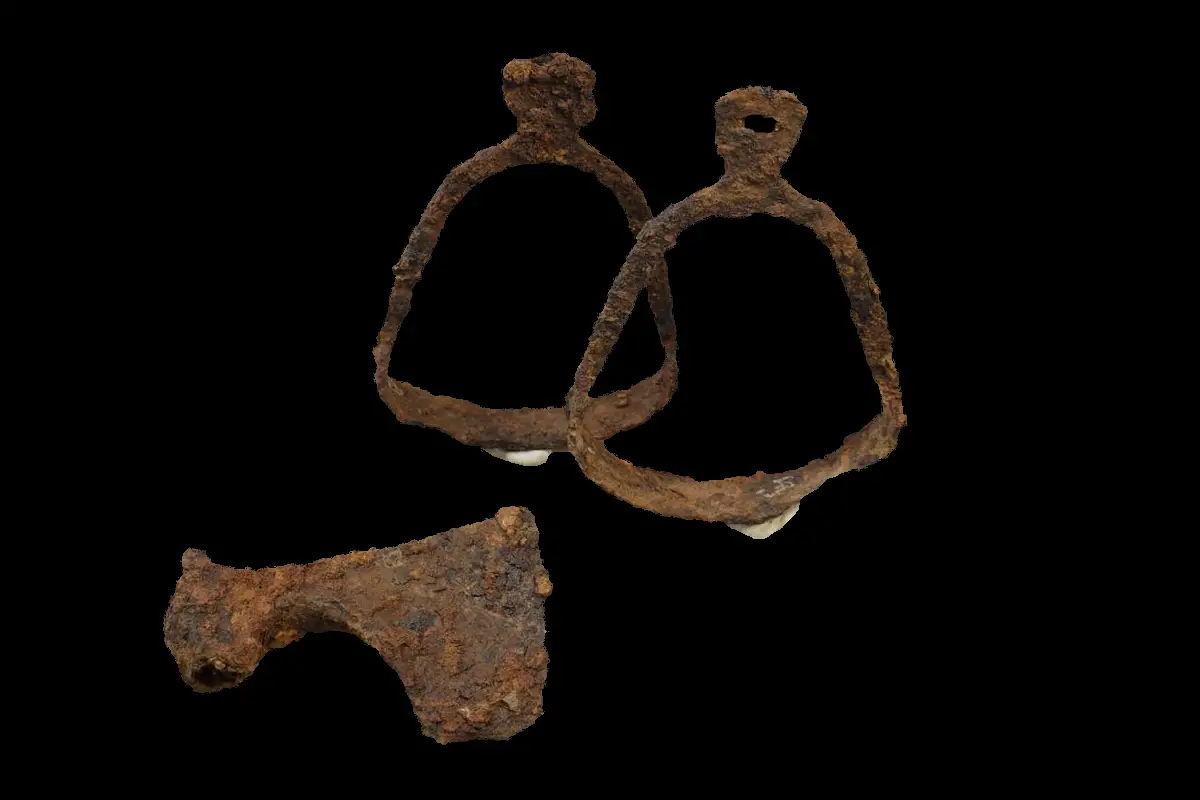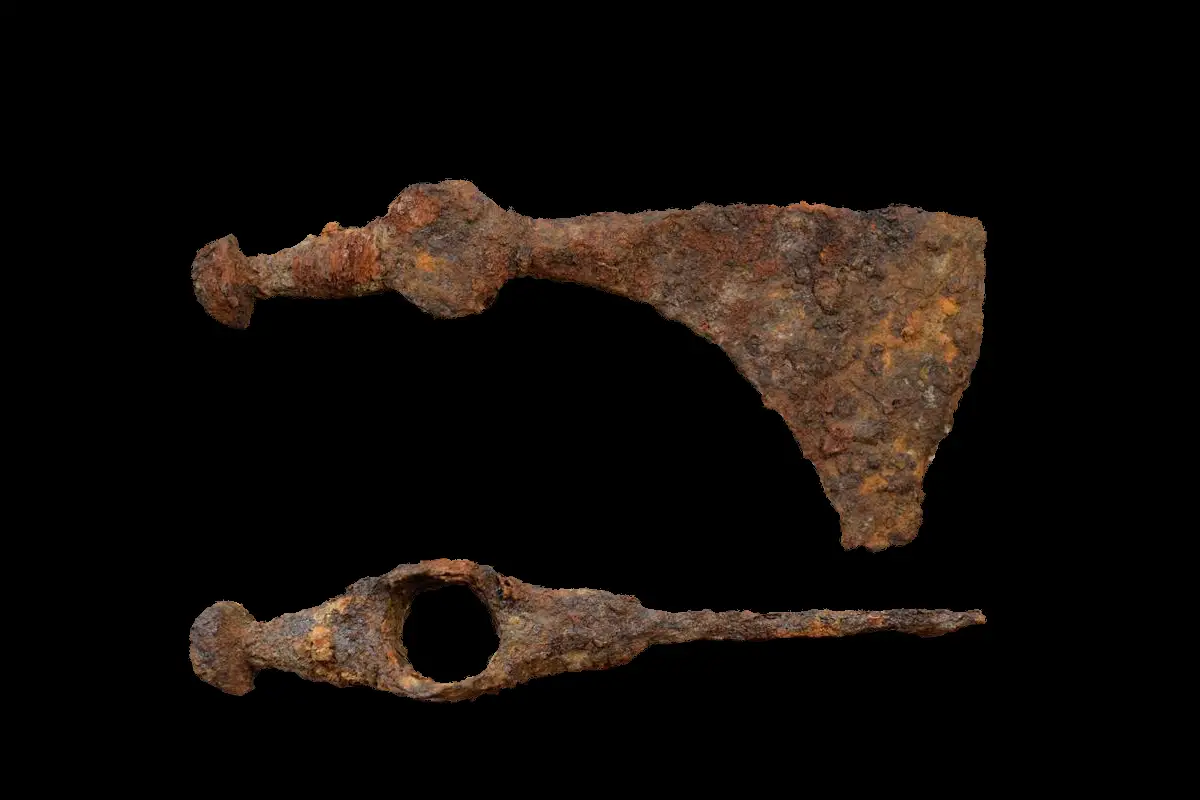Archaeologists from the Institute of Archaeology of the Russian Academy of Sciences, in collaboration with the State Historical Museum, have been conducting excavations at the Gnezdilovo burial ground near Suzdal in the Vladimir Oblast, Russia.
The site was first discovered in 1851, but a geophysical study has revealed that much of the 7.4-acre cemetery has remained largely unexplored.
Approximately 50 undisturbed burials from the 11th to 12 centuries have been excavated, revealing new insights into the social structure of North-Eastern Russia during the early history of the Suzdal land.
Many of the burials contain high-status jewellery, including temple rings, signet rings, and glass beads, along with weapons such as iron knives and battle axes.
In one such burial, designated No. 59, archaeologists found a wooden structure containing the skeletal remains of a male, buried with a bronze lyre-shaped buckle, a knife, a battle axe, and a broken ceramic vessel.

In another burial, designated No 49, the researchers excavated another wooden burial structure and pieces of horseman’s equipment, such as stirrups and a girth buckle (used to fasten the saddle). A battle axe was also found accompanying the deceased, which has a semicircular notch at the base and a carved butt, similar to axe types most common in Rus’ in the 11th to early 12th century.
According to the Institute of Archaeology of the Russian Academy of Sciences: “The presence of burials accompanied by horse equipment and weapons gives the Gnezdilovo burial ground the features of a special squad cemetery, which stands out among other burial monuments of the Suzdal Opolye. Fourteen battle axes have been recovered from the excavations at Gnezdilovo – the largest collection of weapons of this type found in North-Eastern Rus’ in modern times.”
Sources : Institute of Archaeology of the Russian Academy of Sciences







